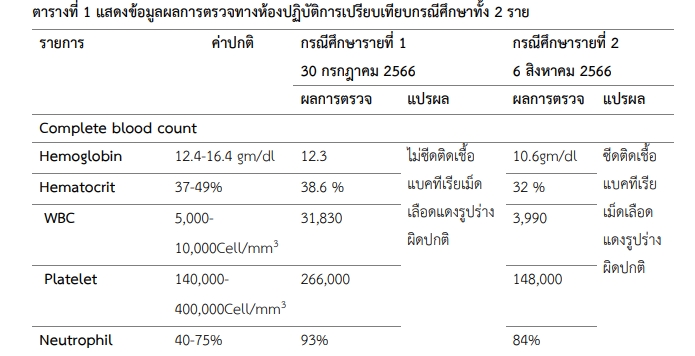Nursing care of critically patients with acute pneumonia and respiratory failure Using the FANCAS Nursing Concept :two case studies
Keywords:
Pneumonia nursing care, acute respiratory failure, FANCAS nursing conceptAbstract
Pneumonia is a common health problem and a significant cause of mortality, especially in critically ill patients, particularly in the elderly.
Objective: To provide nursing care for critically ill patients with pneumonia who also have acute respiratory failure according to the FANCAS nursing care concept: A case study of 2 patients.
Study Method: A case study of 2 patients following the FANCAS nursing care concept.
Study Results: To provide nursing care for critically ill patients with pneumonia who also have acute respiratory failure according to the FANCAS nursing care concept: A case study of 2 patients 1) F: Fluid balance: In the first case study, the patient had diabetes and high blood pressure, with an imbalance of fluids and electrolytes. The magnesium level was low, blood sugar was high, and there were abnormal heart rhythms. In the second case study, the patient had low magnesium levels. 2) A: Aeration (Breathing): Both patients had severe acute respiratory failure, requiring intubation.3) N: Nutrition: In the first case study, the patient had diabetes and high blood pressure. In the second case study, there were no underlying diseases. Both patients had low potassium levels.4) C: Communication: The health team explained the initial risk information to the relatives. Later, the patients communicated their needs in writing.5) A: Activity: Assessment tools for critically ill patients in the ICU were used, such as SOS RASS (Richmond Agitation Sedation Scale) and Braden score. Both patients received appropriate fluid and nutrition therapy. 6) S: Stimulation: The patients were assessed according to the sepsis protocol and received appropriate treatment for infection.
Conclusion: In summary, the FANCAS approach for assessing critically ill patients can be used to plan nursing care, align nursing diagnoses with the physician’s treatment plan, and ultimately facilitate patient discharge and return home.






